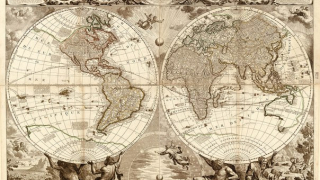The “Right-Wing Gramscianism” Phenomenon: The Experience of the “New Right”
The “New Right” is an ensemble of intellectual movements that appeared in 1968 as a reaction to ideological crisis and the strengthening of liberal hegemony in Europe. By 1968, the classical “rightwing” movements were riddled with liberal ideological motives, such as the adoption of capitalism, pro-American sentiments, and statism. In turn, the “left-wing” agenda, the core of which was constituted by opposition to capitalism [1], was also affected by liberal influences. Egalitarianism, individualism, the negation of differences between cultures, and universalism were rendering “left-wing” movements allies and partners of the liberal doctrine.







